Why you can trust TechRadar
The camera on the HTC One E8 is one of the biggest areas where the Taiwanese brand has decided to drop the component quality in order to bring the cost of the phone down to a more palatable level.
The confusing thing for consumers, as I've mentioned already, is that the camera on the back seems to be more powerful, given it's a 13MP option rather than the much-hyped Ultrapixel Duo Camera that HTC has been pushing on the M8.
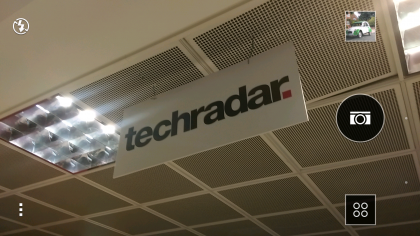
This means that while you get clearer snaps, in theory they'll look less well-lit in the darker scenes and there's no option to perform the 'U-focus' magic that you can when two cameras are working in tandem to allow refocusing of a scene post-snap.
The speed of the camera isn't limited too much by the newer sensor, which is at least a boon, as I would have worried that the processor would have been less able to cope with a larger picture size. Well, perhaps coping is the wrong word as the Snapdragon 801 CPU, combined with HTC's own imaging chip, should be able to handle even larger images easily.
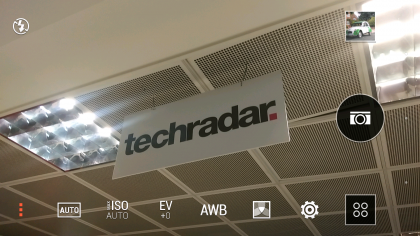
But on the One M8, the picture size is much smaller, thanks to Ultrapixel technology topping out at about 4MP, so you can snap with more speed.
Apart from the U-focus option post-picture, the interface between the two cameras is identical. This means that you can jump between the normal camera, video, Zoe mode, and any other presets you've come up with and want to save. HTC has always allowed you to choose the brightness, exposure, contrast etc. levels for a long time, and you can now have one of these as an option from the camera as a preset.
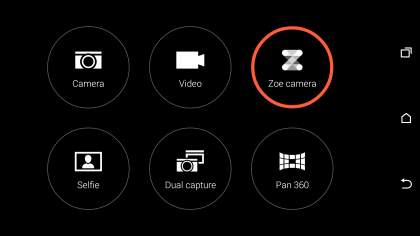
Here's the odd thing with the One E8: with the M8, the normal camera mode used the Duo Camera, meaning it would automatically imbue the photo with depth information for post-snap processing - which was the reason Zoe mode wasn't a default.
(For those unaware, a Zoe is a mode where you can either take a picture as normal using the on screen shutter, or hold it down to take a short video. These videos and photos are then automatically combined into a highlights real, making a really neat movie of an event or a day out to share with others).
But given the main camera on the E8 doesn't have any special powers, why isn't Zoe mode offered as a default here? Would make a lot of sense and bring a key function and highlight to the fore.
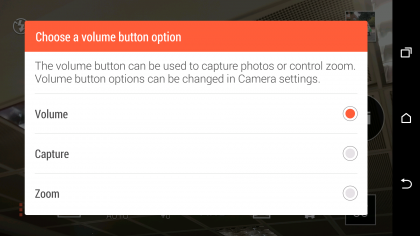
The overall picture quality in bright, well-lit scenes is pretty good on the One E8, without being sensational. That makes sense given this is a sensor that's been bought off the shelf, rather than developed in house by HTC's creative imaging bods, in a bid to save cost again.
That said, there's a shutter and a flash, like there was on the One M7. Surely just bolting the new Ultrapixel sensor on there, perhaps devoid of the additional Duo camera, would have been a better sell? It must come down to the cost - I'll bet an off the shelf option is cheaper to put in compared to the higher-power Ultrapixel camera.
The other lowering of spec is on the front camera: the wide-angle sensor on the One M8 is one of the best 'self-photography' (no, I won't use that wretched new word) snappers on the market, taking the sensor from last year's One and using it to take awesome low-light self portraits.
That's sadly not here on the One E8, instead preferring the cheaper version used on the One Mini 2 and the Desire 816 - although it's got a 5MP resolution still.
Check out the picture comparison between the HTC One M8 and HTC One E8 below to see if you think the difference is worth the extra cost:
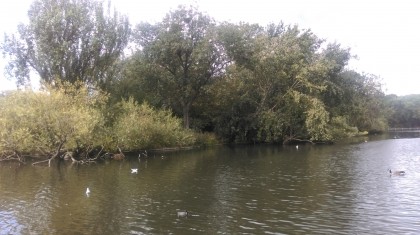
Click here for the full-res image
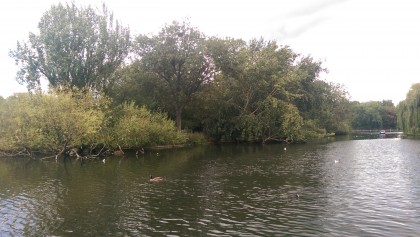
Click here for the full-res image

Click here for the full-res image

Click here for the full-res image

Click here for the full-res image
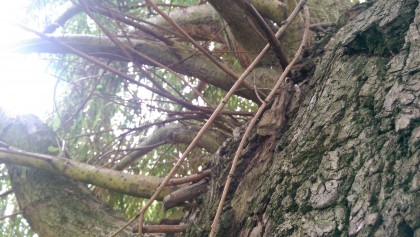
Click here for the full-res image
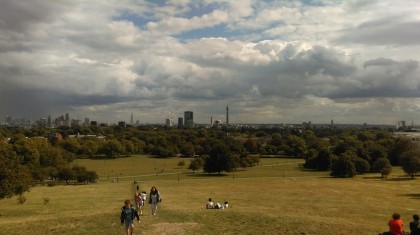
Click here for the full-res image
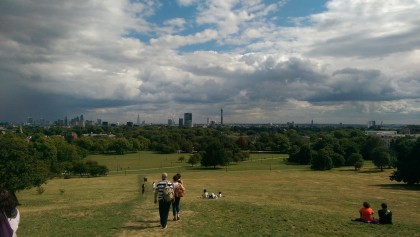
Click here for the full-res image
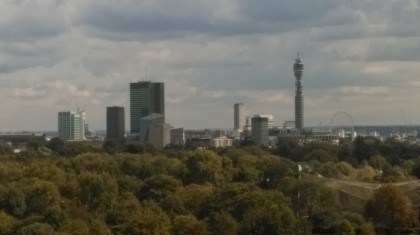
Click here for the full-res image
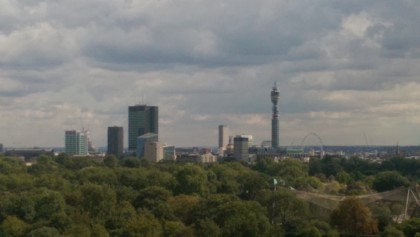
Click here for the full-res image
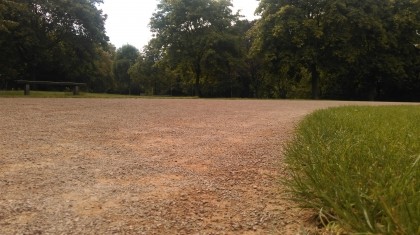
Click here for the full-res image
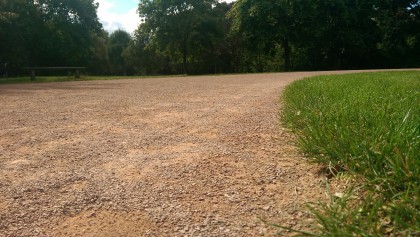
Click here for the full-res image
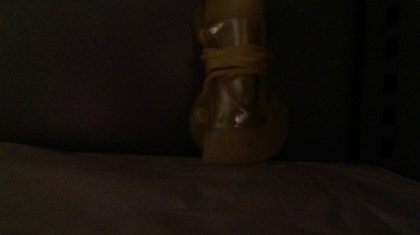
Click here for the full-res image
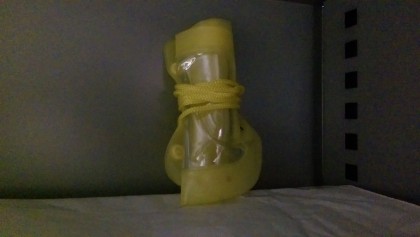

Gareth has been part of the consumer technology world in a career spanning three decades. He started life as a staff writer on the fledgling TechRadar, and has grew with the site (primarily as phones, tablets and wearables editor) until becoming Global Editor in Chief in 2018. Gareth has written over 4,000 articles for TechRadar, has contributed expert insight to a number of other publications, chaired panels on zeitgeist technologies, presented at the Gadget Show Live as well as representing the brand on TV and radio for multiple channels including Sky, BBC, ITV and Al-Jazeera. Passionate about fitness, he can bore anyone rigid about stress management, sleep tracking, heart rate variance as well as bemoaning something about the latest iPhone, Galaxy or OLED TV.
